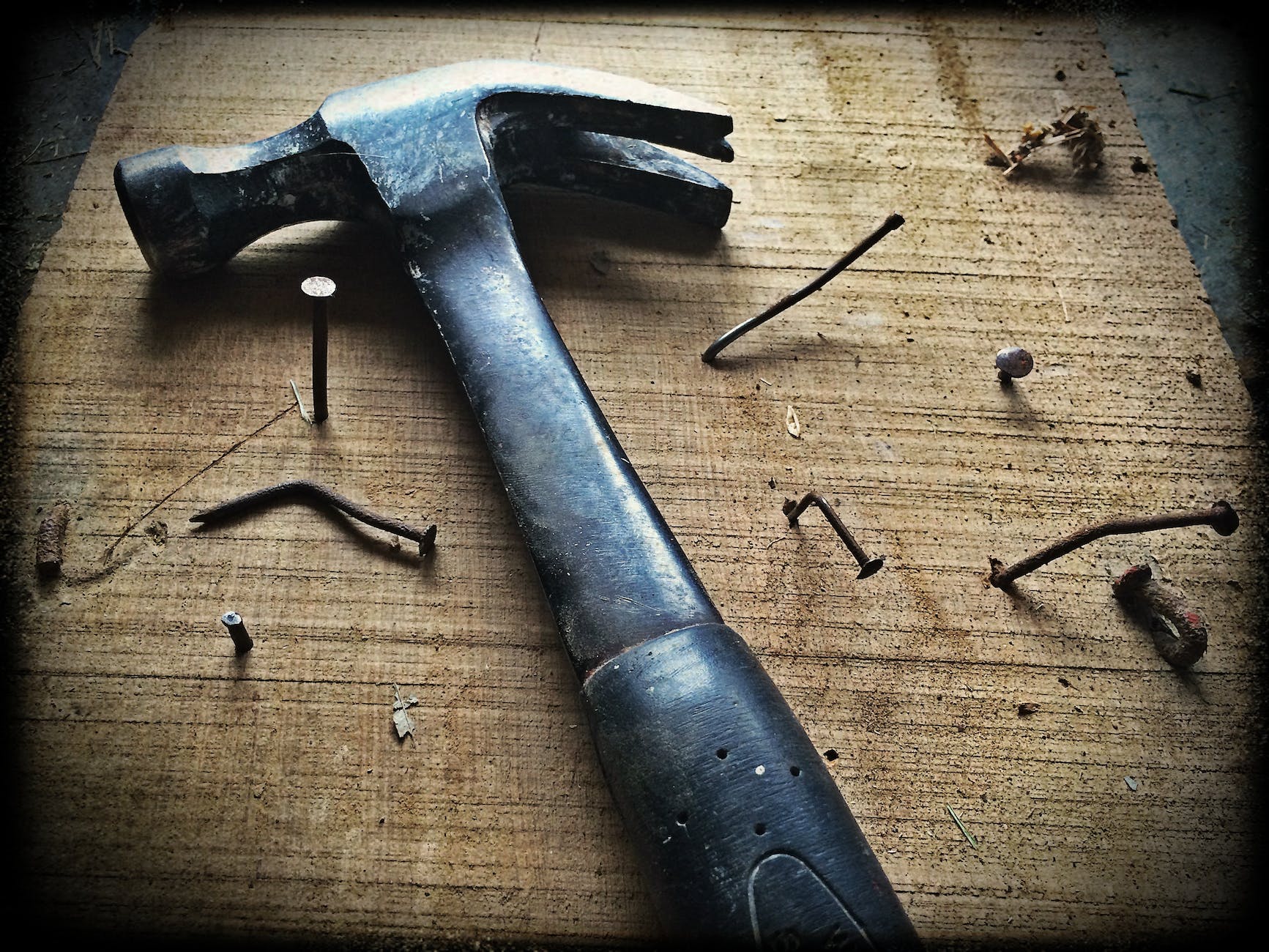Amid inflation and high prices, the Chicago Tribune editorial board ended an editorial on prices at Starbucks this way:

It’s no sin to offer good value. Americans are practical people. We’re betting most of those who duck into a Starbucks would be pleased to see some special deals on the menu.
What American does not like a good deal? At the same time, Americans tend to say that the market sets prices. So what happens if prices seem unfair or unreasonable?
Two recent phenomena highlight this tension:
- Higher levels of inflation coupled with higher set prices. Is this fair? Sure, Americans keep buying during this time but they are spending more money on goods that used to be cheaper.
- High housing costs. Americans want to benefit as homeowners from rising property values but do not like paying high housing prices.
At what point do Americans deserve a good deal? Or when should non-market forces jump in to change conditions? This could depend on the particular context, leaders and influential actors, and what the public wants. Regarding the second example above, Americans have worked over decades to back up mortgages so that more people could pursue homeownership while not providing much public housing.
Even as Americans do not have a right to good deals, they tend to have at least some companies willing to offer goods or services at prices lower than others. This does not always occur and there are situations – such as with monopolies – where the government will step in. Without intervention, individual consumers are left trying to find a bargain or going without in a country devoted to consumerism.










